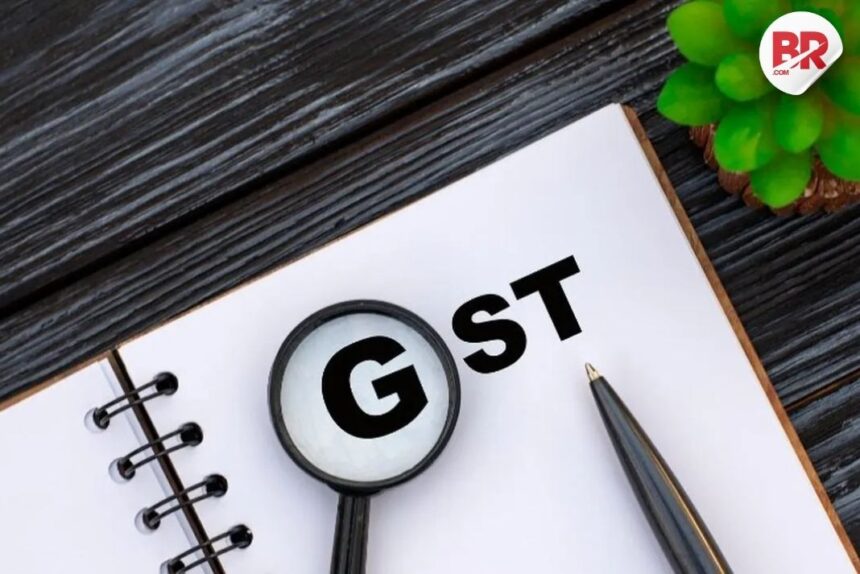
India collected ₹1.95 lakh crore through Goods and Services Tax (GST) in July, which is a 7.5% increase compared to last year. This is a better performance than June, but the growth is slower than what was seen last year.
Breakdown of GST Collections:
- Domestic collections (from transactions in June): ₹1.4 lakh crore — 6.7% higher than the same time last year.
- Imports: ₹52,712 crore — up by 9.7%.
However, collections from within the country have been weak lately. This matches with other signs of slow economic activity — like low factory production and slower direct tax collections.


Refunds Help Businesses:
On a positive note, GST refunds jumped 67% to ₹27,147 crore, giving businesses more cash to operate. Because of these high refunds, net GST collections (after refunds) came to ₹1.68 lakh crore, which is only 1.7% higher.
Finance Minister Nirmala Sitharaman has told tax officials to speed up refunds, which seems to be working.
State-Wise Performance:
Some states and union territories like Jammu & Kashmir, Chandigarh, Odisha, Jharkhand, Mizoram, Manipur, and Goa saw a drop in collections.
Big states like Delhi, Gujarat, Maharashtra, Uttar Pradesh, and Karnataka had only small increases in GST growth (2%–7%).
Read more: UPI Transactions Surge 35% YoY, Cross ₹25.1 Lakh Cr in July
Need to Improve GST System:
Experts say the rise in refunds — especially due to the inverted duty structure — shows that the GST system needs fixing.
An inverted duty structure happens when the tax on raw materials is higher than on finished goods. For example, lithium-ion batteries are taxed at 18%, but some parts are taxed at 28%, which leads to more refunds and makes the system inefficient.
Experts believe the GST Council should discuss ways to increase revenue in its next meeting. Since compensation cess (extra tax to support states) is ending, states may be more worried about falling GST income.












